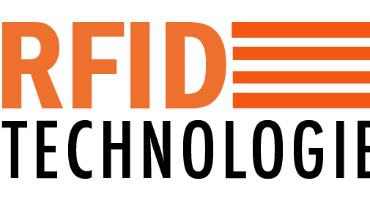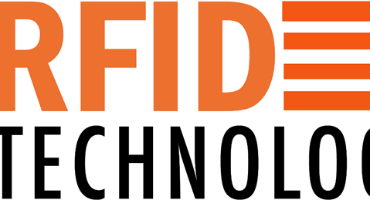Here are several ways in which RFID systems have been successfully applied in healthcare:
Patient Identification: RFID wristbands or label tags can be used to accurately identify patients, reducing the risk of medical errors due to misidentification. These tags can store patient information, such as name, medical history, allergies, and medications, enabling healthcare providers to access critical information quickly and accurately.
Medication Management: RFID technology can be utilized to track medications from the point of manufacture to administration, ensuring the right medication is given to the right patient at the right time. RFID tags can be attached to medication containers, and readers placed at various points in the healthcare facility can automatically track inventory, expiry dates, and alert staff to potential medication errors.
Asset Tracking: RFID systems enable healthcare organizations to monitor and locate medical equipment and supplies efficiently. RFID tags attached to equipment, such as infusion pumps, wheelchairs, or defibrillators, allow staff to quickly locate and retrieve them when needed, reducing equipment loss and improving response times.
Asset UHF RFID tags and label - both hard and soft UHF RFID Label Tags can be attached to items or assets, allowing for real-time tracking of inventory. This enables businesses to automate stocktaking, reduce manual errors, streamline replenishment processes, and improve overall inventory accuracy. Real-time tracking of inventory doing automate stocktaking using UHF RFID Readers - both Fixed-mounted UHF RFID Readers as well as Portable Mobile UHF RFID Readers
Infection Control: RFID technology can aid in infection control efforts within healthcare settings. For instance, RFID-enabled hand hygiene systems can track handwashing compliance among healthcare workers, promoting better hygiene practices and reducing the spread of infections.
Patient Flow and Tracking: RFID systems can help streamline patient flow within healthcare facilities. RFID wristband label tags can be used to track patient movements, monitor wait times, and identify bottlenecks in the care process, allowing healthcare organizations to optimize workflow and improve overall efficiency.
Blood and Tissue Tracking: RFID tags can be applied to blood bags, specimens, or tissue samples, enabling accurate tracking throughout the supply chain. This helps prevent errors, ensures proper handling and storage, and enhances traceability in case of recalls or adverse events.
Security and Access Control: RFID technology can enhance security within healthcare facilities by controlling access to restricted areas. RFID badges or tags can grant authorized personnel access to specific areas while preventing unauthorized entry, protecting sensitive information and valuable assets.
Radio frequency identification (RFID) systems successfully applied in areas of healthcare organizations can improve patient safety by minimizing errors, enhancing operational efficiency, and promoting better quality care. The increased accuracy, real-time tracking, and streamlined processes offered by RFID contribute to a more effective and impactful healthcare system.
RFID hospital equipment tracking solutions using UHF RFID label tags and UHF RFID Readers offer significant advantages for healthcare facilities. By enabling real-time location tracking, automated operations, and data-driven decision-making, they improve equipment visibility, optimize asset utilization, prevent loss or misplacement, streamline workflows, and ultimately contribute to enhanced patient care and operational efficiency in hospitals.
Tags & Label Tagging: RFID wristbands or label tags can be used to accurately identify patients, reducing the risk of medical errors due to misidentification. These tags can store patient information, such as name, medical history, allergies, and medications, enabling healthcare providers to access critical information quickly and accurately. These tags contain a unique identifier that can be read wirelessly by UHF RFID readers.
UHF RFID tags and label - both hard and soft UHF RFID Label Tags can be attached to items or assets, allowing for real-time tracking of inventory. This enables businesses to automate stocktaking, reduce manual errors, streamline replenishment processes, and improve overall inventory accuracy. Real-time tracking of inventory doing automate stocktaking using UHF RFID Readers - both Fixed-mounted UHF RFID Readers as well as Portable Mobile UHF RFID Readers
RFID Readers - UHF RFID Readers - both Fixed-mounted UHF RFID Readers as well as Portable Mobile UHF RFID Readers placed at strategic locations, such as storage areas, delivery zones, and return counters, automatically capture the presence and movement of tagged assets. This ensures that the rental company has up-to-date information on the location and availability of each asset in their inventory.



